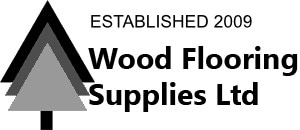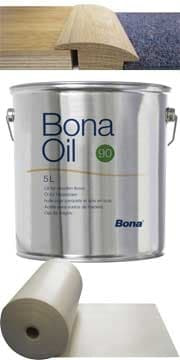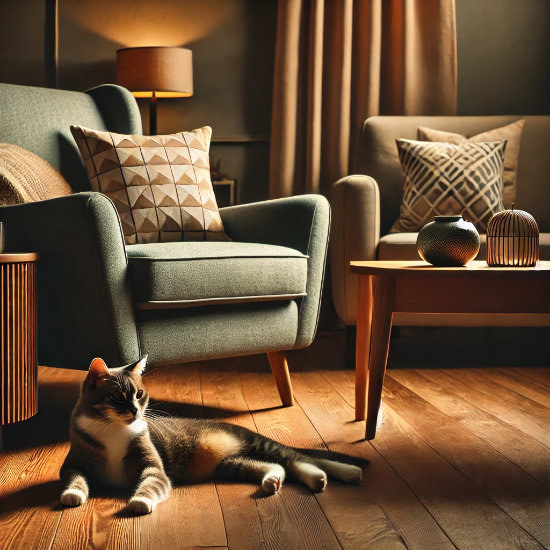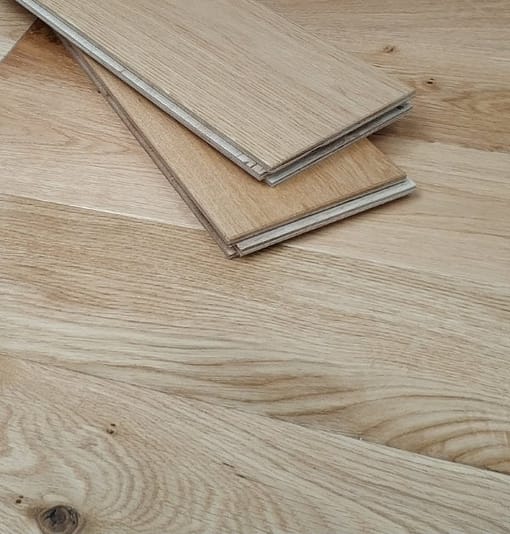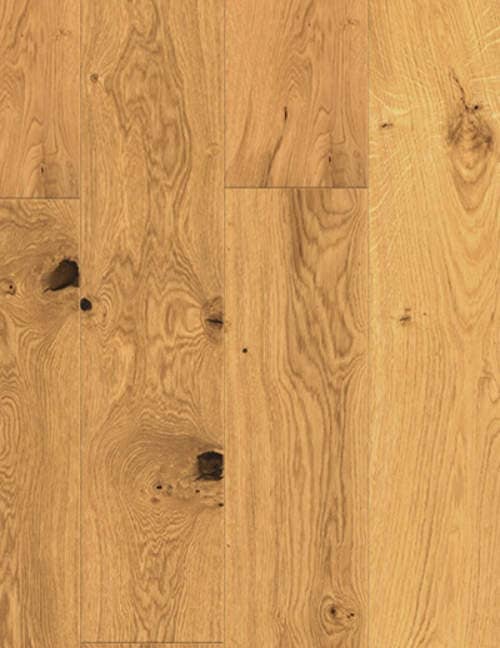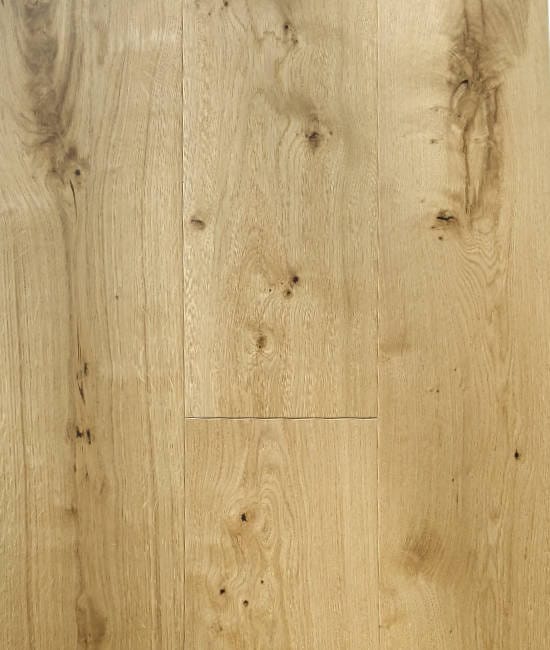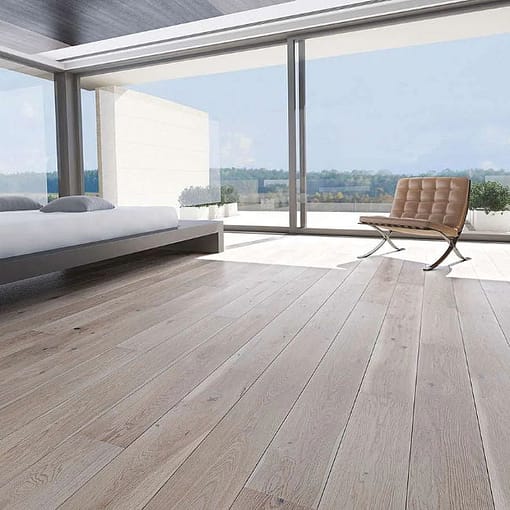Engineered Wood Flooring
Why Choose Engineered Oak Flooring
Why Choose Engineered Oak Flooring
Engineered oak flooring is a popular choice for homeowners who want a durable and attractive floor. It combines real oak with engineered construction, making it great for different rooms in your home. This type of flooring looks beautiful and lasts a long time, giving you the best of both worlds.
Key Takeaways
| Feature | Benefit |
|---|---|
| Multi-layer construction | Better stability and resistance to moisture |
| Real oak top layer | Looks and feels like real wood |
| Various installation methods | Works with different subfloors and DIY projects |
| Wide range of styles and finishes | Fits many different interior designs |
| Lower cost than solid hardwood | More affordable option with similar benefits |
What is Engineered Oak Flooring?
Engineered oak flooring has multiple layers of wood, with a top layer of real oak. The inner layers are usually plywood or spruce pine, which make the floor stable and resistant to moisture and temperature changes. Engineered wood flooring looks like solid hardwood but has extra benefits. It’s less likely to warp or cup when the environment changes.
Benefits of Engineered Oak Flooring
Engineered oak flooring has several advantages over solid hardwood, making it a great choice for modern homes:
Stability
Less affected by humidity changes
Versatility
Can be used in basements and over concrete floors
Durability
Can last 20-30 years with good care
- Stability: Less affected by humidity changes
- Versatility: Can be used in basements and over concrete floors
- Cost-effective: Usually cheaper than solid hardwood
- Easy installation: Many types can be installed by DIY enthusiasts
- Durability: Can last 20-30 years with good care
- Eco-friendly: Uses less hardwood than solid wood flooring
- Wide range of styles: Available in different colors, finishes, and plank widths
These benefits make engineered oak flooring a smart choice for many homeowners. It’s durable, versatile, and looks great in both traditional and modern homes. Learn more about the pros and cons of engineered wood flooring to help you decide if it’s right for your home renovation project.
Styles and Finishes
Engineered oak flooring comes in many styles and finishes to match different tastes and home designs:
- Brushed and oiled finishes for a natural look and feel
- Colours from light to dark oak, including warm honey and rich chocolate shades
- Wide planks for a modern, spacious look
- Distressed or hand-scraped textures for a rustic, vintage feel
- Smooth, lacquered finishes for a sleek, modern look
- Chevron and herringbone patterns for added visual interest
Grey flooring is still very popular for those who want a modern look. Grey engineered oak can range from light, weathered tones to deep charcoals, fitting well with many interior styles.
Choosing the Right Thickness
The thickness of engineered oak flooring is important when picking the right product for your space. The thickness affects how the floor feels, how it’s installed, and how it fits with existing floor levels:
- Thinner boards (10-14mm) work well with underfloor heating and in areas with height limits
- Standard thickness (15-18mm) is good for most homes, balancing durability and cost
- Thicker boards (20-22mm) are great for busy areas and uneven subfloors, feeling more solid
The thickness of the top oak layer determines how many times the floor can be sanded and refinished. A thicker wear layer (3-6mm) allows for more refinishing, making your floor last longer. This is especially important for busy areas or if you want to keep your flooring for many years.
Installation Methods
Engineered oak flooring can be installed in different ways, each with its own benefits:
- Click-lock system: Easy to install yourself without glue or nails, good for floating floors
- Glue-down method: Makes a solid, stable floor good for busy areas or places with big temperature changes
- Nail-down installation: Works well on wood subfloors, a traditional way to install
- Loose lay: Some engineered oak planks can be laid without glue or nails, staying in place by their weight and friction
The best installation method depends on your subfloor, room conditions, and what you prefer. Check out these tips before installing a floating engineered wood floor if you want to do it yourself. For tricky layouts or if you’re not sure, it’s best to get a professional to install it.
Maintenance and Care
To keep your engineered oak flooring looking great and lasting longer, follow these tips:
- Sweep or vacuum often to remove dirt that can scratch the floor
- Use a damp mop for deeper cleaning, but don’t use too much water as it can damage the wood
- Clean up spills right away to prevent stains or water damage
- Put felt pads under furniture legs to prevent scratches when moving things
- Use doormats to catch dirt before it gets on the floor
- Keep indoor humidity between 35-55% to prevent the floor from expanding or shrinking too much
- Refinish the floor when it starts to look worn to make it look new again
With good care, your engineered oak flooring can last for decades, making it a great investment for your home. Regular maintenance keeps the floor looking good and helps create a healthier home environment.
Engineered Oak vs. Solid Oak Flooring
While both types offer the beauty of real oak, there are some key differences between engineered and solid oak flooring:
Engineered Oak vs. Solid Oak Flooring
- Engineered oak is more stable when humidity changes, so it’s less likely to warp or cup
- Solid oak can be refinished more times but costs more and might need professional installation
- Engineered oak works well over concrete and with underfloor heating, making it more versatile
- Solid oak typically lasts longer (up to 100 years) with good care, but engineered oak can last several decades
- Engineered oak is often more eco-friendly, using less hardwood and wasting less timber
- Solid oak might add more value to a home in some areas, but engineered oak is becoming more recognized for its quality
Think about what you need, your budget, and how you’ll install the floor when choosing between engineered and solid oak flooring. Both can give you beautiful, long-lasting floors, but engineered oak is often more practical and flexible for modern homes.
Conclusion
Engineered oak flooring is a great mix of beauty, durability, and practicality for modern homes. It comes in many styles, is easy to install, and costs less than solid hardwood. That’s why it’s become so popular with homeowners. Engineered oak works well in different rooms, from basements to upper floors, and even with underfloor heating.
Whether you’re updating your living room, bedroom, or installing wood flooring on stairs, engineered oak flooring can give you the warm, natural look of wood with added stability and versatility. It handles changes in temperature and humidity well, making it great for homes in different climates.
For more information on choosing and taking care of your engineered oak flooring, check out our wood flooring advice section. With the right care, your engineered oak floors will keep your home looking beautiful for years to come, providing a timeless base for your interior design and a tough surface for everyday life.

